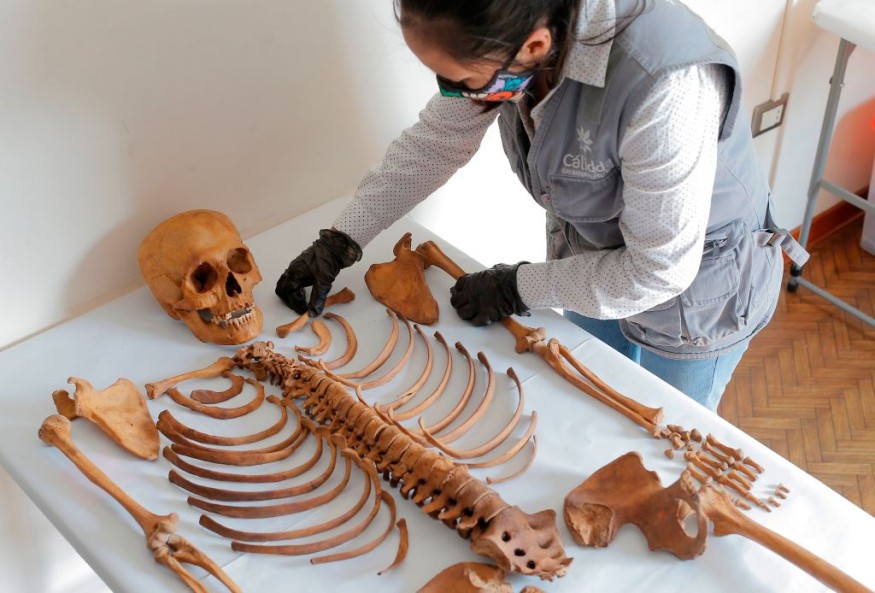
By using DNA, experts discovered the corpses of 27 household members in an approximately 6,000-year-old tomb. The tomb was discovered in England, indicating five-generation bloodline direct descendants, through one man and four women.
The Discovery of 6000-Year-Old-Tomb
The discoveries imply that polygamous marriages existed in the highest reaches of Neolithic society, since the scientists think it is improbable that the prehistoric man had four wives sequentially. Rather, he most presumably had more than one partner simultaneously.
However, the burial chamber was divided into two L-shaped compartments, situated to the north and south of the framework, and which compartment individuals were entombed in relied on the first-generation ladies they were originated from, the decedents of two of the women were entombed in the northern enclosure, and the heirs of the other two women were laid to rest in the southern enclosure.
Two of the lineage's daughters who actually died as children were entombed in the mausoleum, and yet no elderly women of the bloodline were submerged there.
They might be placed in the household graves of their husbands, as per Olalde.
He believes the female were married to men embedded in the grave but had no kids or only grown children who were then entombed elsewhere.
Whereas Neolithic tombs on the European union do not display such ambiguity, Olalde believes the connections among those entombed in the Hazleton North grave mirror much previous lineage systems within the immigrant civilization.
According to Olalde, this discovery indicated that these 1st generation females were also clearly relevant in their society and that their prestige was accepted when the burial chamber was constructed.
"Those certain step kids might be adopted into the household when their parents merged it," he quipped.
Yet it was also feasible that the female also has kids from men from outside household that were not accepted as their spouses.
The World's Oldest Known Family Tree
Olalde also outlined four men entombed in the grave whose parents were member of the bloodline but which fathers were not. These men were dubbed the "Four Brothers' stepchildren".
This discovery proposed that ancestry was highly patriarchal, which means that future generations entombed at the mausoleum were linked to the ancient era through their male members, according to the investigators. Theye also found evidence of three women and five men that had no biological ties to the household in same mausoleum.
The importance of the five unassociated men is unknown, though they might have been adopted into the household or linked through connections that cannot be ascertained biologically, according to Olalde.
The Hazleton North burial chamber went from the premature Neolithic period in England, and it's likely people entombed there came to Britain from mainland Europe as portion of a surge of Neolithic landowners at the time, he told reporters.
The barrow, or funeral berm, was in a rice field where millennia of barreling confronted to completely ruin it, so archaeologists excavated to retain what was left, according to Olalde.
"This study is significant because it is the first family size tree we have from ancient times," he explained.
© 2025 NatureWorldNews.com All rights reserved. Do not reproduce without permission.





